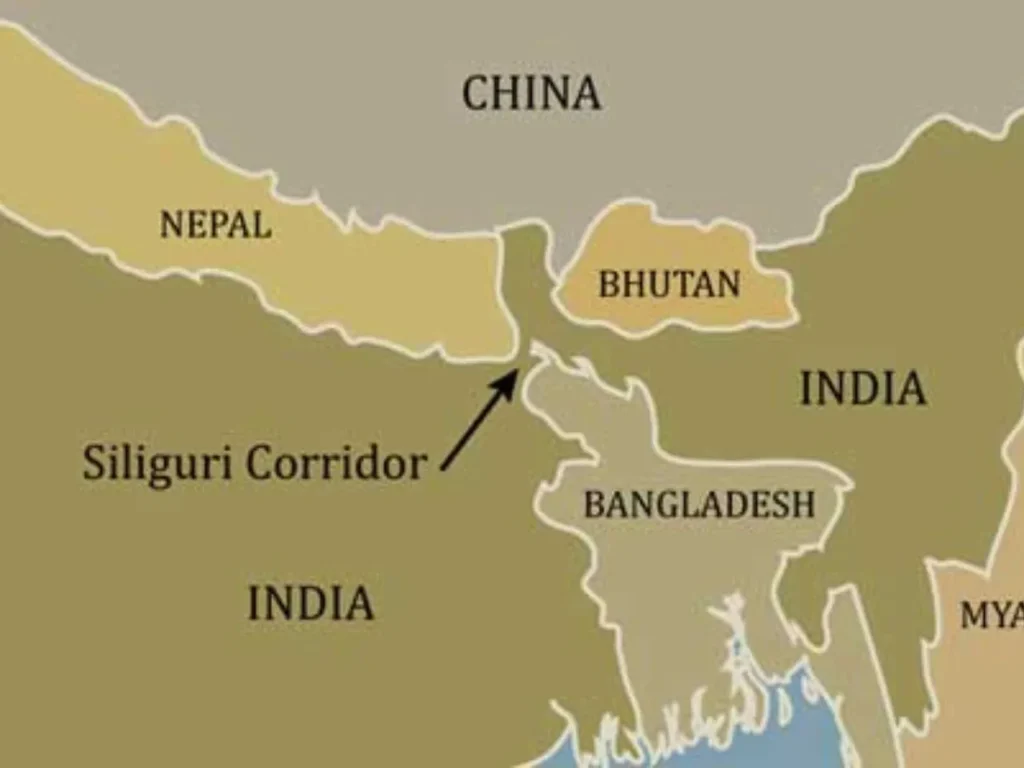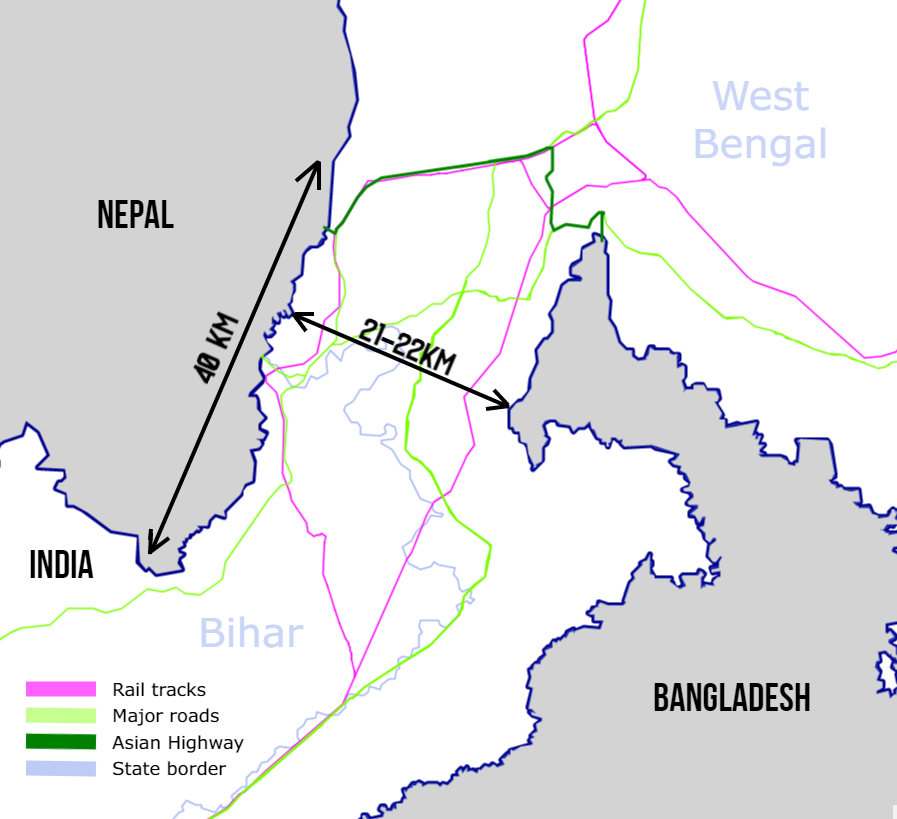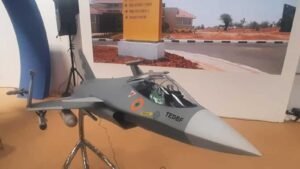Source : Asianet Newsable

Chinese moves in Bhutan prompt India to deploy Paramilitary forces to guard Siliguri Corridor
Amidst the ongoing border standoff with China in eastern Ladakh, India will now deploy troops from the Central Armed Police Forces (CAPFs) to secure the strategically important Siliguri Corridor, also referred to as ‘Chicken Neck’ that connects north-eastern states with the rest of the country. Sources in the defence and security establishment said: “The troops will be deployed on the entire stretch of the corridor during peacetime as it has been marked as ‘vulnerable areas and vulnerable points’.”
“In this direction, a decision has been taken and further discussions are underway. Initially, three border guarding forces — Border Security Force (BSF), Indo-Tibetan Border Police (ITBP), and Sashastra Seema Bal (SSB) — will be deployed at the identified vulnerable areas and vulnerable points,” the sources added.

It has been learnt that the ongoing border standoff between two Himalayan giants, India and China, along the Line of Actual Control, the construction of dual-use border villages by China in Bhutan’s borders and the beginning of Beijing-Thimphu boundary talks to resolve their long-standing border dispute have prompted the Indian side to think of deploying troops from CAPFs. Considered geo-strategically extremely important for New Delhi, the Siliguri Corridor is a narrow stretch of land in West Bengal and it is just 20-22 km wide at its narrowest. It borders Nepal, Bangladesh and Bhutan.
After years of ‘salami slicing’ or taking over territory in a very gradual manner along the border with Bhutan, China has started engaging the tiny nation in negotiations over the settlement of the boundary. With an intention to isolate New Delhi from Thimpu’s defence and diplomatic affairs, China wants to attract Bhutan to its side and in 1996, it had offered a ‘package deal’ that included giving up claims on 495 sqkm area in the ‘central sector’ in exchange for 269 sqkm in the ‘northwest’, i.e., adjacent to the Chumbi valley, including Doklam, Sinchulumpa, Dramana and Shakhatoe. However, Thimphu had then rejected the offer after New Delhi’s persuasion.

Beijing wants control over the Jhampheri Ridge and the Doklam area to enlarge its narrow and strategic Chumbi Valley, which would allow China unhindered mobilisation and more access routes in the event of military conflict with India. As of now, China has enhanced its connectivity in the deep areas of the Chumbi Valley in the Tibet Autonomous Region, which is close to Siliguri on the Indian side.
Talking about the security and defence of the vulnerable Siliguri corridor, the then Eastern Army Commander and now Indian Army chief Gen Manoj Pande had in 2021 said: “We are looking at a whole of nation approach, which not includes the armed forces, but also the administrations of states around the Siliguri Corridor and central agencies. The effort is to work together to deal with this threat in normal times along with the hybrid threat when it manifests and during conflict conditions.” He further said that a joint coordinating centre under the Army has proved to be effective to coordinate the actions of all agencies that work in the region.
During the 2017 Doklam standoff, the Chinese tried to construct roads in Bhutanese territory but were objected to by the Indian troops. The standoff which lasted for 73 days, ended only after Prime Minister Narendra Modi and Chinese President Xi Jinping had a telephone conversation. The Chinese were trying to change the tri-junction to Gamochen but the attempts were thwarted by the Indian Army.
In the last year and a half, the Indian security forces have conducted several exercises in areas close to this corridor to validate the joint operational preparedness and synergy between them in a networked environment. Among the major exercises, included ‘Trishakti Prahar’ and ‘Vayu Prahar’ and the forces involved were the Indian Army, the Indian Air Force, and the CAPFs. Chinese moves in Bhutan prompt India to deploy Paramilitary forces to guard Siliguri Corridor Chinese moves in Bhutan prompt India to deploy Paramilitary forces to guard Siliguri Corridor Chinese moves in Bhutan prompt India to deploy Paramilitary forces to guard Siliguri Corridor Chinese moves in Bhutan prompt India to deploy Paramilitary forces to guard Siliguri Corridor Chinese moves in Bhutan prompt India to deploy Paramilitary forces to guard Siliguri Corridor Chinese moves in Bhutan prompt India to deploy Paramilitary forces to guard Siliguri Corridor Chinese moves in Bhutan prompt India to deploy Paramilitary forces to guard Siliguri Corridor Chinese moves in Bhutan prompt India to deploy Paramilitary forces to guard Siliguri Corridor IgMp




